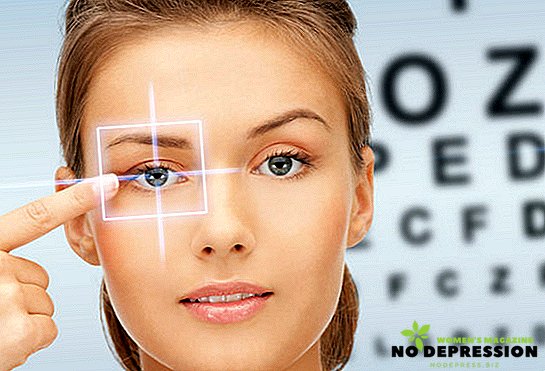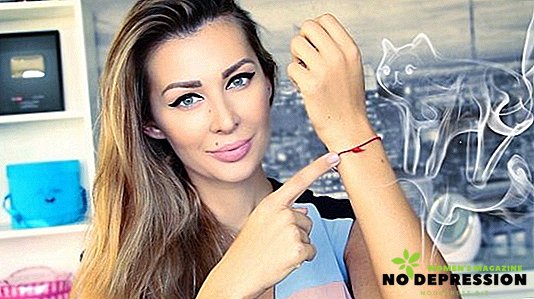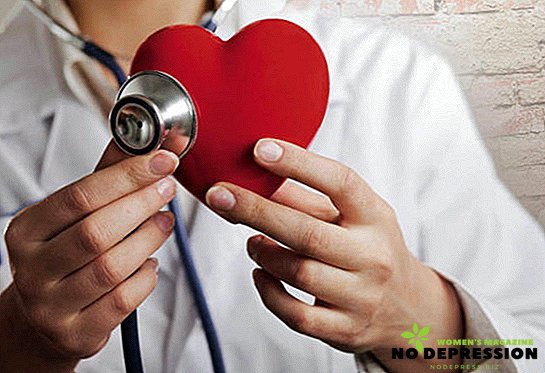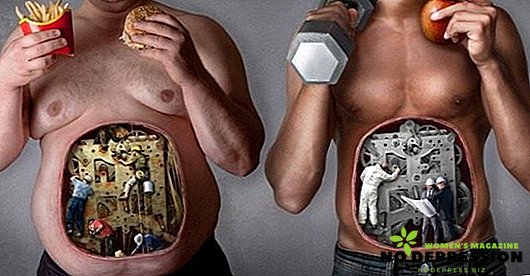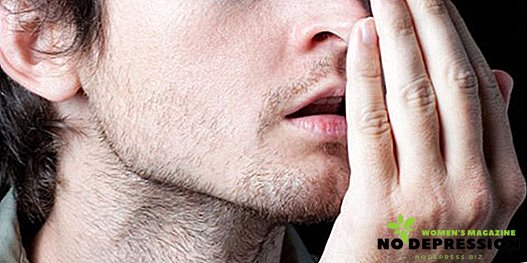The reasons for the increase in bilirubin in the blood may lie in hereditary conditions occurring in the body, or to occur against the background of the development of other primary diseases. Such a pathology is especially dangerous for newborns, which can cause a delay in the development, development of paralysis.
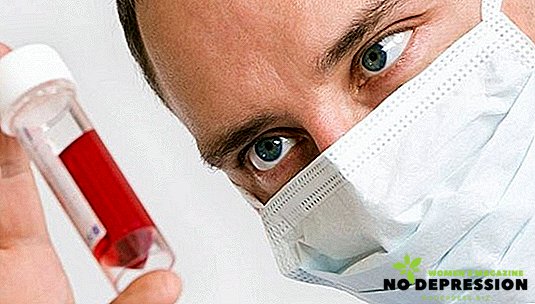
What is bilirubin
 Bilirubin is a bile pigment, a breakdown product of hemoglobin that occurs in the liver parenchyma. Removing it from the body occurs with bile fluid. Chemical pigment compound causes the characteristic color of fecal masses and bile due to its brownish tint (in its pure form).
Bilirubin is a bile pigment, a breakdown product of hemoglobin that occurs in the liver parenchyma. Removing it from the body occurs with bile fluid. Chemical pigment compound causes the characteristic color of fecal masses and bile due to its brownish tint (in its pure form).
The pigment has a toxic effect on nerve cells, contributing to the development of pathological conditions such as nuclear jaundice and encephalopathy.
Chemical binding of bilirubin occurs in the liver tissue. This free pigment penetrates from the spleen through the general bloodstream, which occurs against the background of the breakdown of red blood cells. Due to the transformation of bilirubin in the tissue of the body, its toxic effect on the body is reduced.
Norm bilirubin in the blood
When the body is healthy, bilirubin is still contained in it, but in a normal volume, not dangerous for the activity of internal organs and systems. The natural level of pigment is different for adults and newborns.
Bilirubin level in newborns
In infants less than 1 month old, the volume of bilirubin present in the body varies from 8.5 to 20.5 μmol / liter. Earlier (in the first weeks after birth) the pigment level is higher. This can be explained by the breakdown of fetal hemoglobin (fetal hemoglobin).

Normal pigment in newborns is contained in the volume:
- babies who are born on time - 51-60 µmol / liter;
- for babies that are prematurely born - 71.8-106 μmol / liter.
The level gradually increases as the child matures:
- on the first day the volume is not higher than 85 μmol / liter;
- on the second day, it rises to 180 µmol / liter;
- by the third day - up to 256 µmol / liter.
If the content of bilirubin in the body of the newborn is above 256 µmol / liter, this indicates jaundice.
Features in women and men
Every day in adults, 1 g of hemoglobin breaks down, which causes the formation of 35 mg of bilirubin. The free pigment (indirect) in an adult is normal - 16.4 µmol / L. For direct bilirubin, the non-hazardous level is 0-5.1 µmol / l.
The rate of total bilirubin, which is a combination of the amounts of direct and indirect pigment, is 0.5-20.5 µmol / L.
Direct and indirect bilirubin

Direct bilirubin - a pigment that can dissolve in a liquid (except for fats), is considered a non-toxic compound. It is filtered by the kidneys and leaves the body with urine. The content in the bloodstream is 4% of the total pigment level (4.3-4.6 µmol / l).
Indirect bilirubin is an insoluble pigment in a liquid, but soluble in fats. Not filtered by the kidneys, not excreted with urine. The level of content in the body - 96% of the total amount of pigment (15.4-17.1 mmol / l).
Indirect bilirubin is toxic, easily penetrates into the cells of the internal organs, where it binds to the cell membranes (their fats), and is incorporated into the mitochondria. Contributes to the violation of cell respiration, metabolic processes, protein formation.
What increases the level of bilirubin in the blood
Increases the volume of the compound in the bloodstream in the background:
- increased red blood cell hemolysis;
- abnormal liver function, including excretory function;
- violations of the outflow of bile fluid from the bile duct into the intestinal environment.
Another common cause of increased pigment levels is hemolytic anemia, which, in turn, develops when exposed to the following factors:
- with insufficient content in the body of vitamin B12;
- with the concomitant development of malaria;
- with massive hemorrhage;
- with pulmonary infarction.
A significant increase in the volume of the connection occurs due to disorders of the gallbladder, pathologies of helminthic nature. The development of pathology is influenced by the concomitant development of diseases such as hepatitis, cirrhosis, cancer, Gilbert's syndrome.
Symptoms of elevated bilirubin

Only a doctor can make an accurate diagnosis, based on the results of diagnostic measures. But there are some symptomatic manifestations that directly indicate an increase in the level of bilirubin in the blood:
- changes in the color of the skin: they become pronounced yellow (this also applies to the cornea);
- yellowing of urine or changing its shade to grayish;
- fecal masses become whitish;
- pain syndrome in the left hypochondrium (on the part of the pancreas), the intensity of which increases after exercise;
- general malaise (it is difficult for a person to perform everyday tasks - to clean the apartment, go to the store, prepare food);
- increased overall temperature;
- increased irritability;
- nausea;
- dizziness.
A skin rash does not occur during the development of this pathology.
To which doctor and when to contact
If you managed to detect symptoms characteristic of elevated bilirubin, you should not self-medicate, but you should immediately consult a doctor. First of all, it is recommended to visit a therapist who, if necessary, will refer you to another specialized doctor, for example, to a gastroenterologist.
Pathology is treated by various doctors depending on the cause, which caused an increase in the level of pigment in the body. If the source lies in the blood disease, refer to a hematologist. For diseases of the biliary tract, the help of a hepatologist, infectious disease specialist or oncologist is required (taking into account the nature of the primary condition).
How to reduce bilirubin in the blood
It is worth noting that an increase in the level of bilirubin in the body is not a separate condition requiring specific therapy. First of all, the forces are directed to the elimination of the source of pigment increase.
Drug therapy
 Before prescribing medication, the doctor finds out what contributed to the development of pathology. On the basis of the original source, they are prescribed choleretic drugs, medications with a supporting effect, sorbents.
Before prescribing medication, the doctor finds out what contributed to the development of pathology. On the basis of the original source, they are prescribed choleretic drugs, medications with a supporting effect, sorbents.
To improve the outflow of bile fluid, the use of herbal and vitamin preparations will be effective. Of the frequently prescribed funds can be distinguished Allohol and Kars. If the problem lies in liver disease, enzymes, antiviral and antibacterial drugs are prescribed.
The pancreatin, Essentiale, and Mezim preparations have a general strengthening effect on the liver. To speed up the excretion of compounds and reduce the toxic effects on the body, appoint Enterosgel, activated charcoal.
Phototherapy
Often in the treatment of primary conditions that cause an increase in the level of bilirubin, physiotherapy is used. One of these is phototherapy. The technique is based on the use of ultraviolet rays on the area with the primary disease. The impact of such causes the conversion of bilirubin into an isometer, which is excreted from the body naturally (through urine).

As with any medical procedure, phototherapy can cause adverse reactions in the form of:
- increase the dryness and flaking of the skin at the site of impact;
- sleepiness;
- increased stool rate;
- skin rash indicating an allergic reaction;
- changes the shade of the epidermis to bronze.
Adverse symptoms disappear immediately after discontinuation of therapy. Contraindications include severe liver damage, development of obstructive jaundice.
Folk remedies
 You can get rid of the pathology with the help of medicinal herbs, which together reduce the load on the liver, improve its functioning, remove bilirubin and toxic substances:
You can get rid of the pathology with the help of medicinal herbs, which together reduce the load on the liver, improve its functioning, remove bilirubin and toxic substances:
- mint, motherwort, tutsan, chamomile: the ingredients are equally mixed, take 2 tbsp. l collection, pour 0.5 liters of hot water, infuse for 2 hours, take 100 ml twice a day;
- birch leaf: dry leaves, chop, take 2 tbsp. l raw materials, pour 0.5 liters of hot water, insist for an hour, take 100 ml three times a day;
- motherwort, chamomile, St. John's wort: from any herb you can prepare an infusion or decoction, take instead of tea.
To reduce the level of bilirubin in the body, it is recommended to promptly clean the intestines, because its excess amount is excreted along with feces. For constipation and disorders of the digestive tract, special medicines are prescribed (for example, activated charcoal).
Diet
Nutrition plays an equally important role in the treatment of elevated bilirubin. For example, the reducing effect has:
- dairy and fermented milk products of low fat content;
- vegetable broth, soup;
- milk soup;
- boiled egg (especially - protein);
- steamed omelette;
- sweet vegetables, fruits and berries.

In the hospital, patients adhere to therapeutic nutrition from table No. 5.
Prevention and recommendations
Any disease is easier to prevent than to fight against it and its negative consequences soon. When identifying the alarming symptoms, the doctor prescribes the necessary studies, the results of which are determined with the true cause of increased bilirubin.
To prevent pathology, it is recommended to adhere to the following rules:
- observe proper nutrition with the exception of unhealthy foods from the diet (fatty, fried, salted, smoked);
- stop smoking, drinking alcohol, taking drugs;
- visit the doctor at least twice a year to undergo a medical examination for the identification of primary pathologies;
- observe personal hygiene, rules of processing products before use, storage conditions.
Only timely therapy will help eliminate complications and reduce the duration of the disease.
Elevated bilirubin in humans indicates a different disease that develops in the body. This is a symptom of primary pathology, which requires only symptomatic treatment. Therefore, after detecting an excess amount of bilirubin in the blood, the doctor first prescribes etiotropic therapy, which will help get rid of the symptom.


